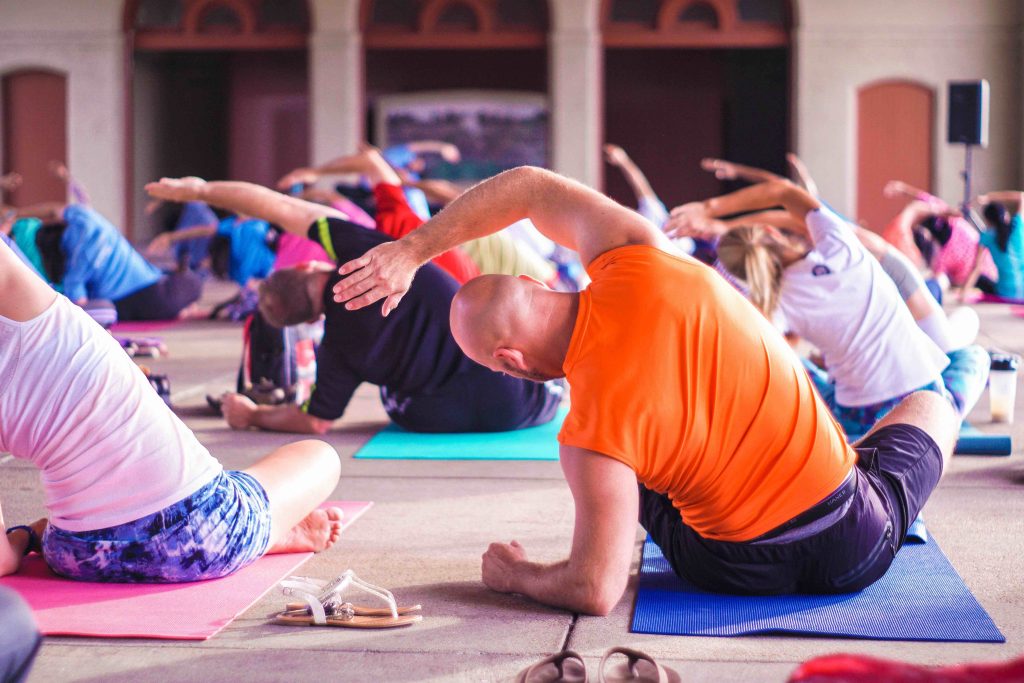How Exercise Can Help with Dystonia Symptoms
Posted on July 1st, 2024 by Andries Lodder

Dystonia is a neurological movement disorder characterized by involuntary muscle contractions, which can cause twisting, repetitive movements, and abnormal postures. These involuntary movements can affect various parts of the body, including the neck, face, arms, and legs – leading to pain, tremors, discomfort, and functional limitations which may interfere with daily activities.
Living with dystonia can present unique challenges, from involuntary muscle contractions to difficulties with movement and coordination. While medication and other treatments are often used to manage symptoms, there is growing evidence to suggest that exercise can also play a valuable role in improving quality of life for individuals with dystonia.
The Role of Exercise In Helping Dystonia:
While exercise may not directly address the underlying neurological causes of dystonia, it can provide several benefits that help alleviate symptoms and improve overall functioning:
- Muscle Relaxation: Certain types of exercise, such as stretching, yoga and Pilates-based activities, promote muscle relaxation and flexibility, which can help reduce the severity and frequency of muscle spasms and contractions associated with dystonia.
- Improved Coordination and Balance: Exercise programs that focus on balance training and coordination drills can help individuals with dystonia improve their motor skills and movement control, reducing the risk of falls and enhancing mobility.
- Pain Management: Regular exercise releases endorphins, which are natural pain relievers, helping to alleviate the discomfort and pain often experienced by individuals with dystonia. Additionally, strengthening exercises can improve muscle support around affected joints, reducing strain and discomfort.
- Enhanced Mental Well-Being: Engaging in physical activity has been shown to have positive effects on mental health, reducing stress, anxiety, and depression. For individuals living with dystonia, exercise can provide a valuable outlet for stress relief and emotional well-being.
Choosing the Right Exercises for Dystonia:
When incorporating exercise into your routine to manage dystonia, it’s essential to choose activities that are safe, enjoyable, and tailored to your individual needs and abilities. Here are some considerations:
- Low-Impact Activities: Low-impact exercises, such as swimming, cycling, or walking, are gentle on the joints and muscles, however they still provide cardiovascular benefits.
- Flexibility and Stretching: Stretching exercises improve flexibility and range of motion. It is important to focus on areas of the body most affected by dystonia.
- Balance and Coordination Training: Balance exercises and coordination drills improve stability and movement control, reducing the risk of falls and enhancing functional independence.
- Functional training: Functional activities help improve one’s ability to perform daily tasks with more ease and efficiency, leading to better quality of life and greater independence.
Consulting with a Biokineticist:
Before starting any new exercise program, it’s important to consult with your healthcare team, including your neurologist and a Biokineticist. They can provide guidance on safe and appropriate exercises, as well as modifications to accommodate your specific needs and limitations.
Conclusion:
While living with dystonia presents unique challenges, incorporating regular exercise into your routine can offer significant benefits for symptom management, physical function, and overall well-being. By choosing appropriate exercises and working closely with your healthcare team, you can make use of the power of physical activity to enhance your quality of life and find relief from the symptoms of dystonia.
If you require any guidance with regards to establishing a suitable exercise program, please do not hesitate to contact us.
Tweet